Agronomic Insights
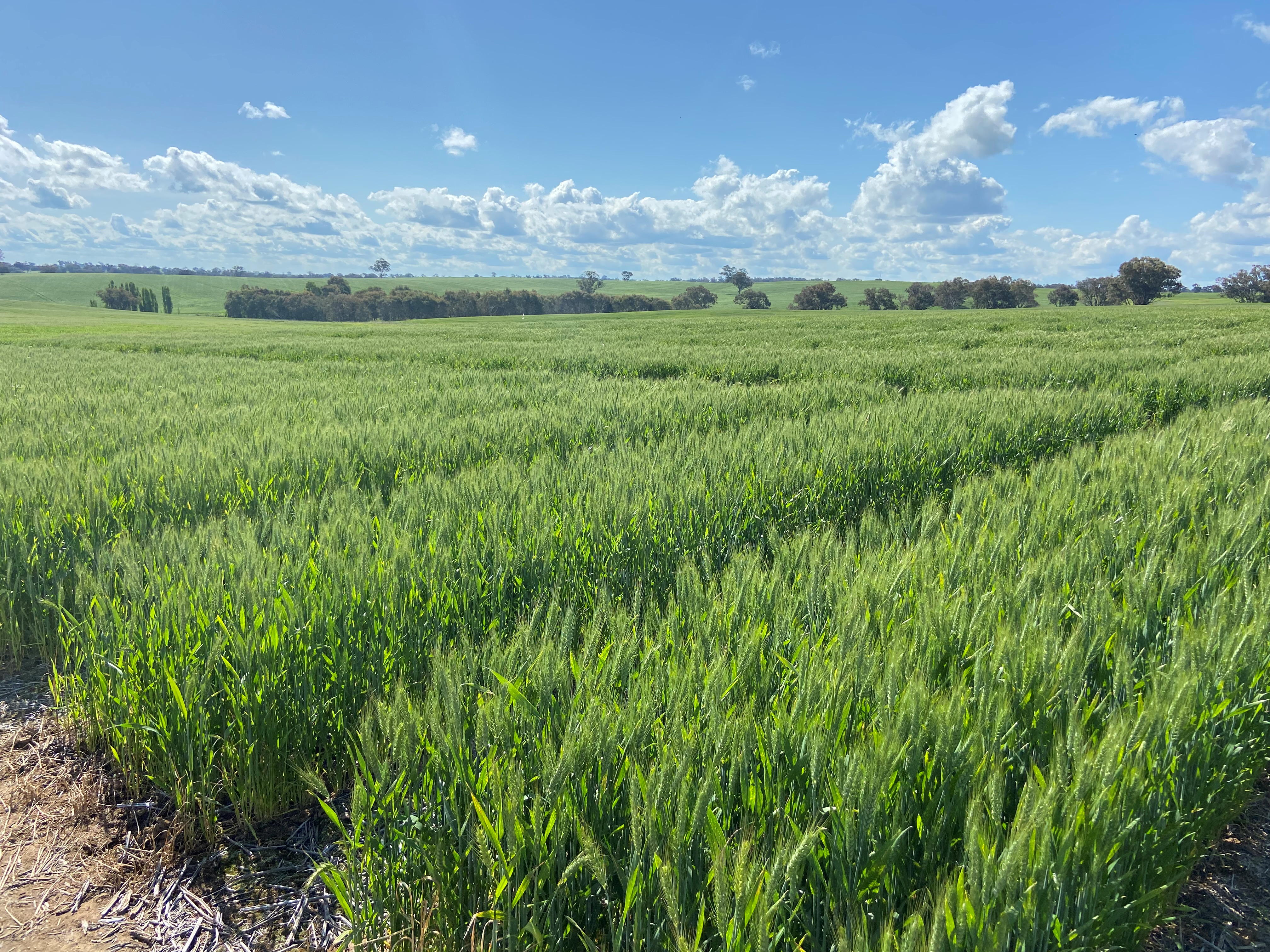
Clint Sheather – IPF Technical Agronomist
Better than expected summer rain across key winter crop growing areas has set up a favourable window for 2024 winter crop planting. But, with the latest Bureau of Meteorology three-month outlook pointing to a drier autumn, there’s a risk of compromising crop establishment if traditional seed placed fertiliser strategies are followed.
When fertilisers are placed with the seed, the potential for seed damage and delayed or reduced emergence is always present. High levels of ammonia too close to the seed or an osmotic effect from the fertiliser can cause seed damage, and the higher the rate of nitrogen applied with seed the greater potential there is for poor crop establishment.
Several factors have a bearing on the rate at which fertiliser should be applied at planting, including crop type, soil moisture, soil type and application equipment.
Calculating the Seed Bed Utilisation percentage (SBU%) and using it to determine the recommended fertiliser rate before planting is important.
Know your fertiliser
The osmotic effect of a fertiliser on seed during germination is primarily related to the chemistry of the fertiliser and the solution concentration (salt index).
Where moisture is limited, the fertiliser granule may compete with the seed for moisture. The osmotic effects on germination are usually shown as delayed or staggered emergence, rather than complete failure of the crop.
Fertilisers containing ammonium can cause metabolic damage during germination, root or shoot growth. Fertilisers such as urea, di-ammonium phosphate (DAP), mono-ammonium phosphate (MAP) and ammonium sulphate pose the greatest risk to a germinating seed because they produce a high ammonium concentration and have a high solution pH and high solubility.
As urea breaks down, it produces ammonium carbonate which causes alkaline conditions around the fertiliser granules. The change in pH around the urea granule results in the production of ammonia gas which is highly toxic to germinating seeds.
The hierarchy of risk is: urea > DAP > MAP > Ammonium Sulphate. If using a MAP/Urea blend at planting remember there is a higher risk with the inclusion of urea.
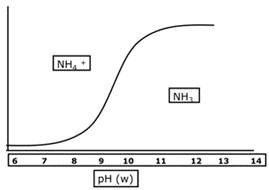
There have also been cases of ‘phosphorus toxicity’ with sensitive crops like canola and lupins.
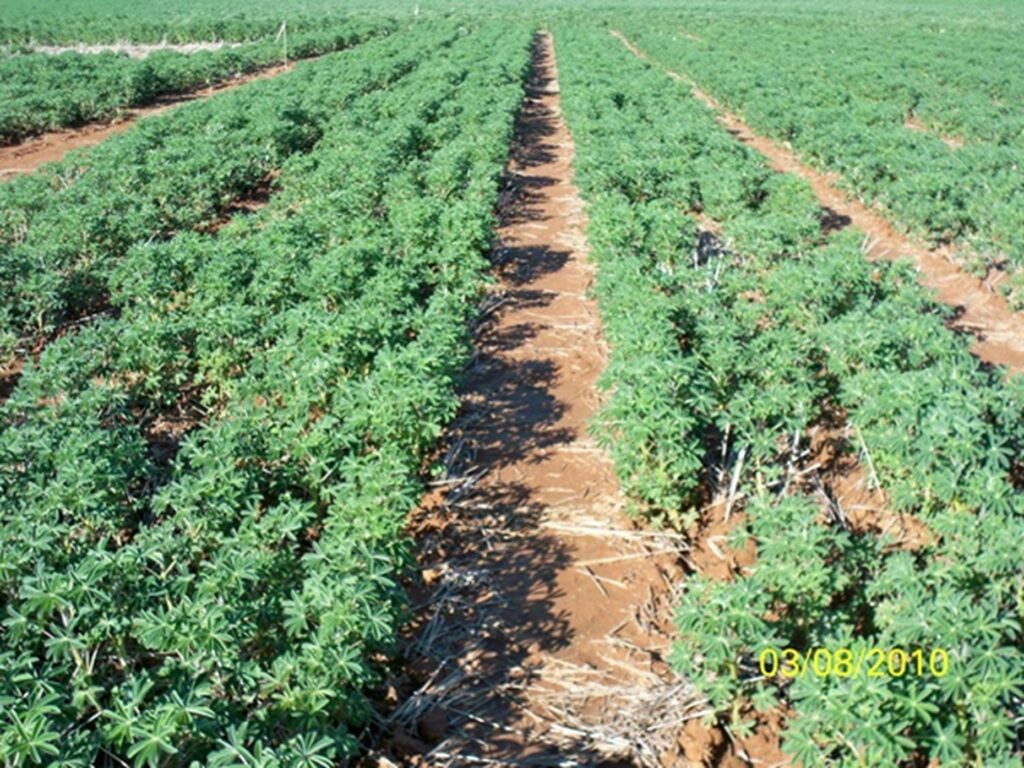
In a 2015 trial by the NSW DPI, increasing the phosphorus rate to 20 kg/ha of phosphorus as Triple Super at Nyngan and Coonamble significantly reduced the establishment of canola at two locations. (Figure 1)
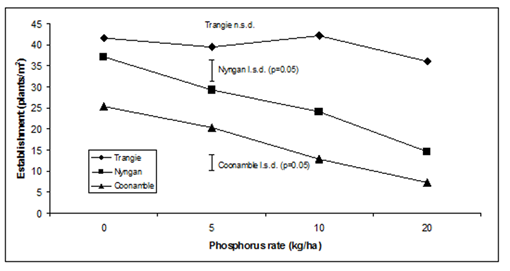
However, at Incitec Pivot Fertilisers long term trial site at Grenfell in 2012, using different seeding equipment with a different soil type (Red Chromosol) and optimum soil moisture, there was no significant effect on canola establishment with phosphorus rates (Figure 2). Trial work from Western Australia suggests toxicity from phosphate is less on soils with a lower phosphorus status and with higher P fixing capacity (PBI), (WA Farmnote, 2006).
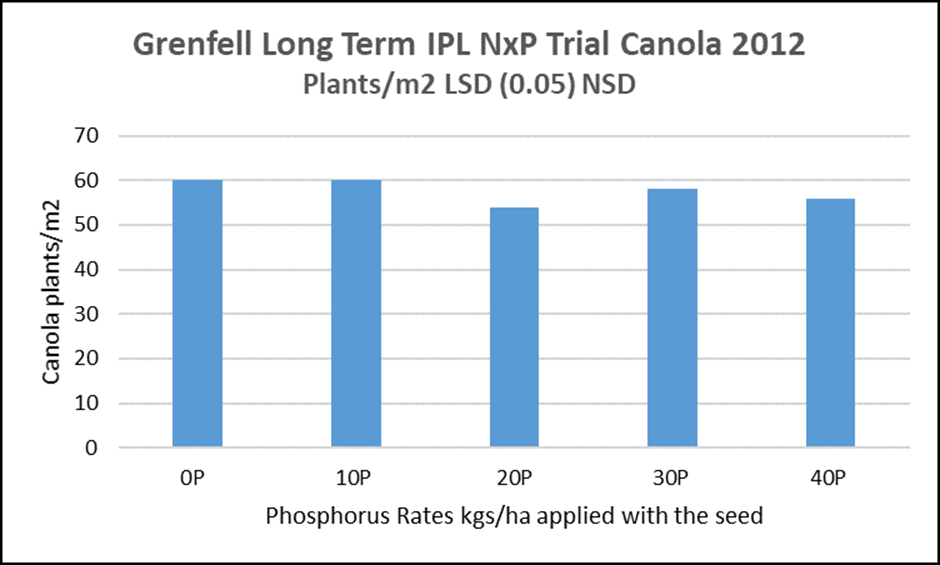
Crop type
Winter crops vary in their tolerance to fertilisers, with oats, barley and wheat more tolerant than lupins and chickpeas. Canola is the most sensitive winter crop type.
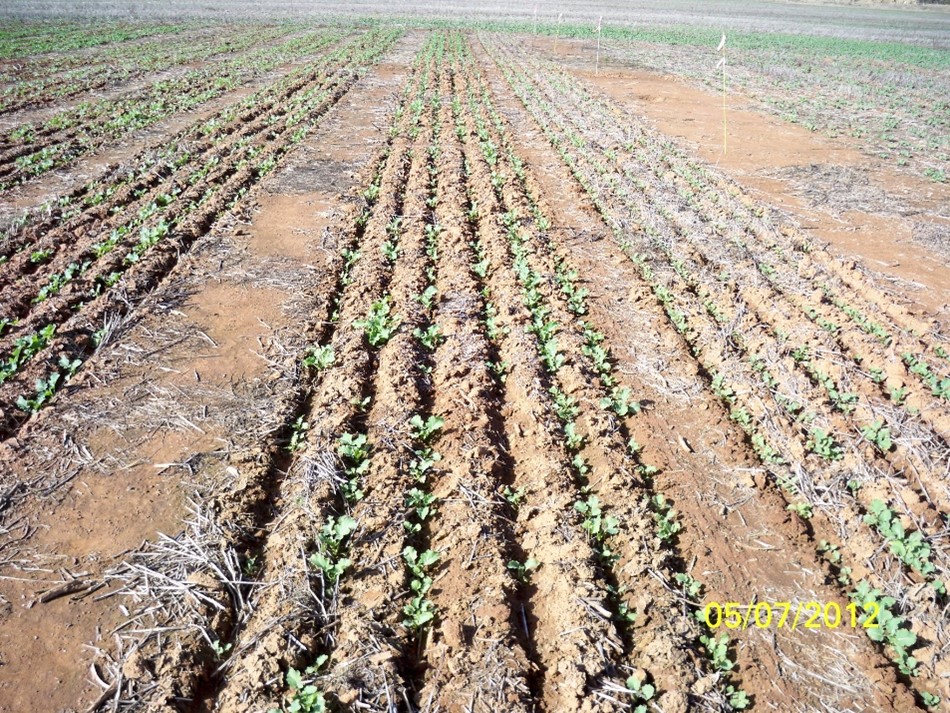
At the Grenfell Long Term trial site in 2012 there was no significant difference between phosphorus rates, applied as Triple Super for plant counts. However, nitrogen applied as urea had an effect on plant counts where the untreated (0N) had significantly higher plants than all other treatments up to 60N. There was a significant difference where increasing nitrogen rate decreased plant counts, from 76 plants/m2 (0N) to 47 plants/m2 (60N) applied at planting. Due to timely sowing and favourable seasonal conditions at harvest there was no significant difference in yield by plant population.
External environment
Soil moisture has a major bearing on the effect of fertilisers in contact with the seed. In seasons with high soil moisture levels at planting, crop damage is generally not an issue.
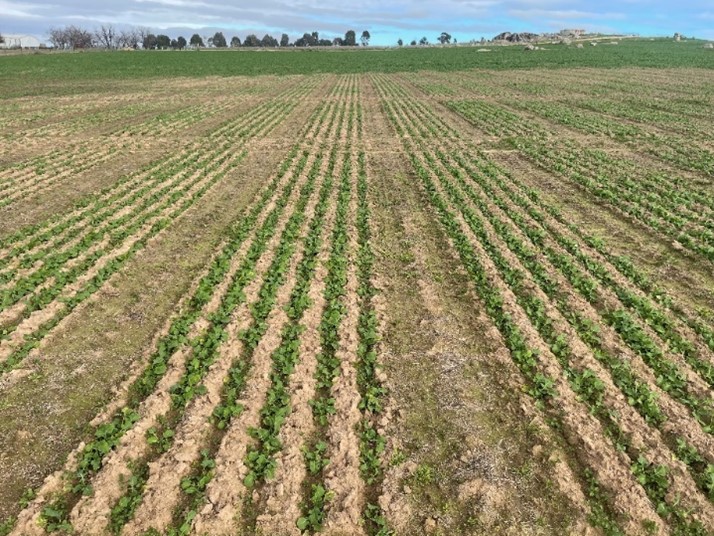
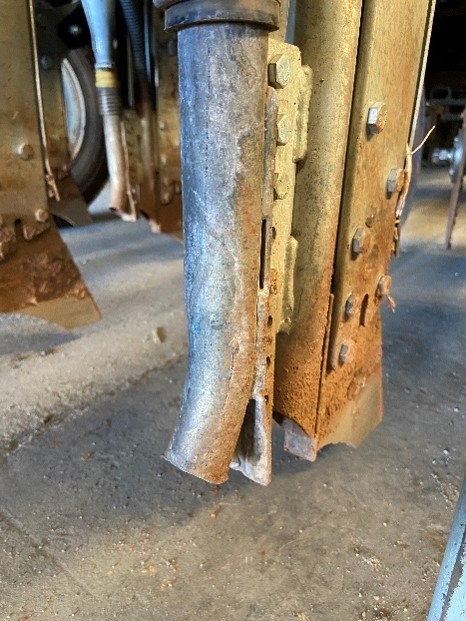
The results from 3 “Split P” trial sites 2021 and 2022 assessing the potential for broadcast phosphorus preplant in canola systems demonstrated the impact of optimum soil moisture at planting.
Rates of MAP up to 40kgs/P/ha (180kgs/MAP/ha) banded with the seed on 23.5cm row spacing 25mm seed furrow width and SBU% of 10% did not reduce plant populations.
More information and results from the 2021 – 2022 Split P trials can be viewed here. With the 2020, 2021 and 2022 winter crop seasons providing ideal conditions for planting, this year it is important to be mindful of fertiliser rates and the potential for seed damage from placing fertiliser with the seed in drier conditions.
The rate of drying can be as important as initial soil moisture levels during the germination and establishment phase. If soil moisture levels fall post-sowing, the potential for reduced emergence will increase.
If rain falls post planting and dilutes the salt solution, ammonia can dissolve and move fertiliser from around the seed on higher soils.
Time of sowing can also effect crop emergence. Early sowing into warm, moist soils results in quicker germination and crop emergence, and reduces the amount of time the seed is in contact with the fertiliser in the seed row.
Soils
Fertiliser applied at any rate on sandy soils carries a greater risk of seedling damage than on heavier clay soils. Clay soils are better able to retain water and adsorb ammonia ions released from nitrogen fertilisers than coarse-textured soils.
Fertilisers can further dry out soils (osmotic effect) around the seed by absorbing moisture. This reduces the viability of the seed. In dry autumns and when planting into marginal moisture, it is common to see the negative impact that low soil moisture and fertilisers can have in reducing plant population and vigour.
Application equipment
The safest application equipment allows the fertiliser and seed to be applied in separate bands.
Applying fertilisers below and to the side of the plant line with a minimum of 50 mm of separation is the most effective method of avoiding seed or root contact in winter and summer crop.
As more growers move to single or double disk systems with furrow widths as narrow as 15mm there is more potential for harmful seed and fertiliser interactions. Any change in application equipment should be considered for its potential to increase or decrease seed safety, even changes to row spacing.
There is more than one grower who has learnt the hard way that increasing the row spacing and keeping fertiliser rates the same can result in reduced plant population. Don’t make this mistake! Growers can run test strips at sowing very easily to compare no starter fertiliser in the seed row with the rest of the paddock. This is an effective method to see whether the usual fertiliser rate is reducing vigour or plant populations.
Stay safe this season
The safest way to manage fertiliser application with the seed is to know your fertiliser type, calculate the Seed Bed Utilisation percentage (SBU%),look up the rate tables from Incitec Pivot Fertilisers Agritopic and stay at or below the rates recommended.
The SBU% is a risk analysis tool that can be used to determine the potential for emergence damage. It is calculated as follows:

A high SBU% indicates a more dilute fertiliser band for a given application rate (kg/ha). This means more space and less potential for fertiliser granules to be in contact with the seed. The higher the SBU%, the higher the rate of fertiliser that can be applied with the seed. The tables allow you to determine rates of application in the seed furrow based on the fertiliser type, crop type, soil moisture and soil texture.
Rates tables are available from Incitec Pivot Fertilisers, here.
Further information
For more information, contact Jim Laycock on 0427 006 047 or jim.laycock@incitecpivotfertilisers.com.au
References
Fertiliser toxicity and crop establishment in no-tillage farming Crop establishment series Farmnote 72/96 Reviewed December 2006 By M.G. Mason, Senior Research Officer, and R.J. Jarvis, Principal Research Officer, Soil Management, South Perth, and M.D.A. Bolland, Senior Research Officer, Soil Management, Bunbury.
Dowling CW (1998) Seed and seedling tolerance of cereal, oilseed, fibre and legume crops to injury from banded ammonium fertilizers. PhD thesis, Griffith University, Queensland.
Further reading
Resources
DOWNLOAD INSIGHTDISCLAIMER
This is a guide only, which we hope you find useful as a general tool. While IPF has taken all reasonable care in the preparation of this guide, it should not be relied on as a substitute for tailored professional advice and IPF accepts no liability in connection with this guide. Incitec Pivot Fertilisers manufactures and sources fertilisers from other suppliers. The fertiliser supply chain extends beyond the company’s direct control, both overseas and within Australia. Incitec Pivot Fertilisers hereby expressly disclaims liability to any person, property or thing in respect of any of the consequences of anything done or omitted to be done by any person in reliance, whether wholly or in part, upon the whole or any part of the contents of this article.
You might also be interested in these

Winter Crop
Planning nitrogen applications and rethinking potential urea nitrogen volatilisation losses
March / 2024
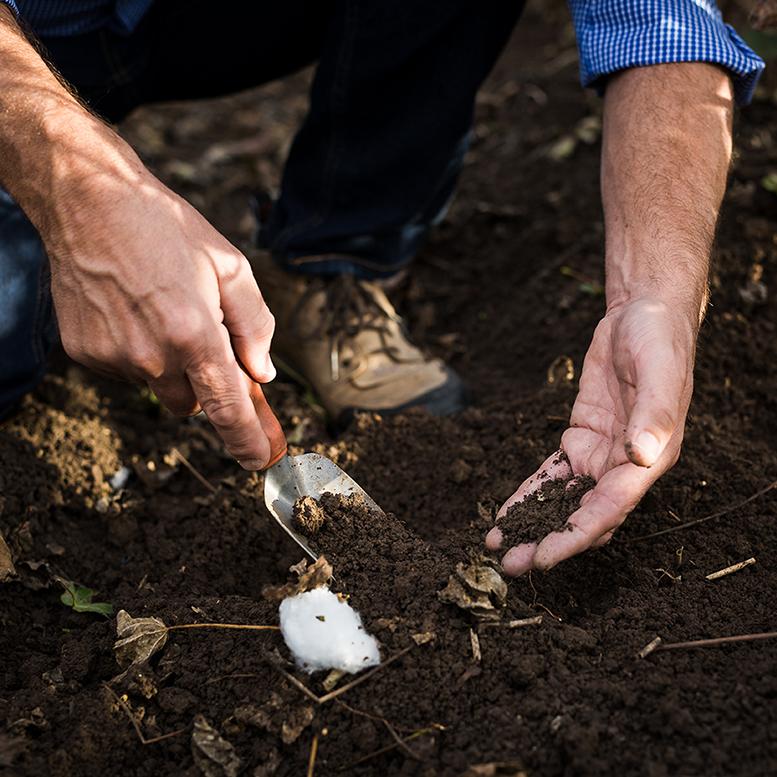
Summer Crop
Focus on the future with soil testing
March / 2024
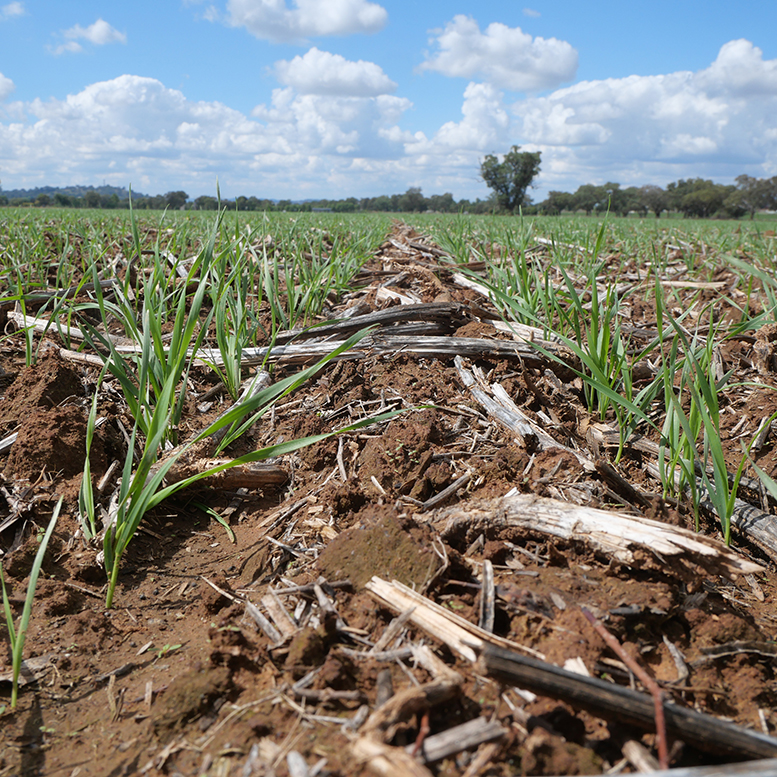
Winter Crop
Managing disease risk with Flutriafol in 2024
March / 2024
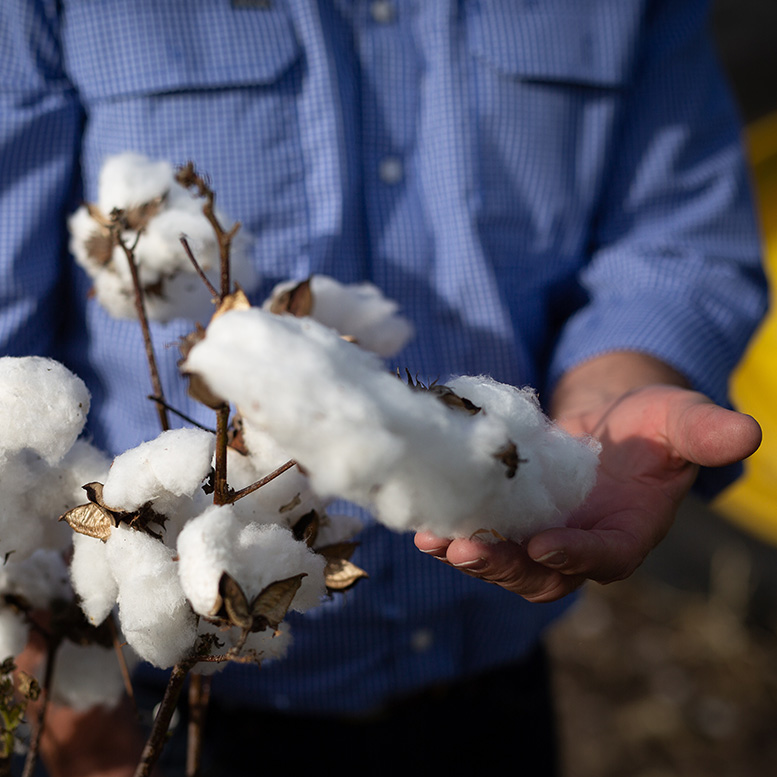
Summer Crop
Using N without losing N
April / 2024

